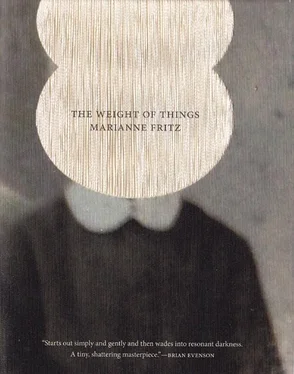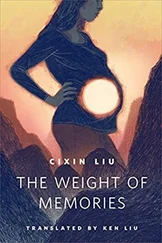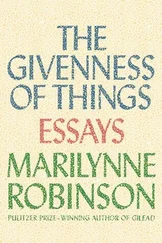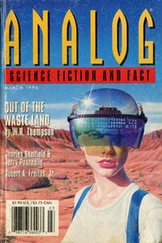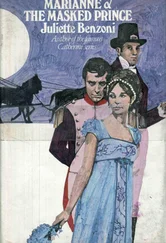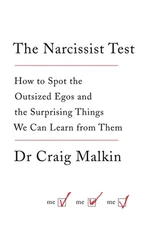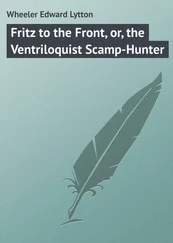The novel went nearly unnoticed. While its rancorous subject matter and its convoluted structure were unsuited to a broader readership, its failure to engage with the more self-consciously avant-garde aims of the famous Grazer Gruppe writers left it adrift with respect to Vienna’s literary establishment. Yet it proved a turning point for Fritz, for its stylistic departures and the broadening of the author’s vehemence and scope.
Only five years later, she would publish the provocatively titled Whose Language You Don’t Understand , the 3,392 page prodigy that was the object of Bernhard’s derision. It was natural that critical discussion surrounding a book of such proportions would not be confined to its literary import. Fritz’s neologisms, intentional misspellings, and readiness to violate the rules of grammar in favor of the construction of her own eccentric poetic idiom left the text unfit to be fed through the computer her publisher used to weed out errors, and her proofreader gave up after a thousand pages, saying it was impossible to distinguish mistakes from the distortions characteristic of the author’s style. Critics began to talk of classifying books by their weight, and spoke openly of the point at which they had abandoned their reading.
Whose Language You Don’t Understand is the chronicle of the Nulls, a poor family residing in Nullweg, number 0, in the village of Nirgendwo 2, in June and August of 1914. Thomas K. Falk, in World Literature Today , points out that the date is significant not only for its proximity to the Great War, but also as a marker for a period in which the traditional agrarian economy gave way to industrialization, when those who had previously worked the land became a despised and neglected appendage to the modern capitalist state. It is in this book that Fritz’s partiality toward the insulted and injured becomes explicit: the patriarch, Josef Null, is killed in a worker’s demonstration, as is his third son, Josef II; one of his brothers, the Dostoyevskian August, is a farmhand and an anarchist and murders the landowning parents of his girlfriend Wilhelmine; another becomes a deserter and is chased down by the military and shot. Their mother is confined to the fortress first mentioned in The Weight of Things , and their home is destroyed, lest it serve as a remembrance of the possibility of resistance.
Eleven years later, Naturgemäß began to appear: five volumes in 1996, another five in 1998, just shy of 7,000 pages reproduced directly from Marianne Fritz’s typescript. Set largely in Przemyśl, an “eternal death-territory” in southeastern Poland, it examines the lives of many of the characters in her previous books over the war years of 1914–15. Her publisher found setting the book’s first part impossible; the printed version consists of a bound facsimile of the typescript. At first, Fritz limited herself to employing a variety of fonts, spacings, margins, and unusual typographical markers, but when she learned how the book was to be released, she began to incorporate drawings, maps, coded marks meant to establish links between various characters and situations, and copies of the innumerable notecards — her second memory, in the words of her partner Otto Dünser — that she used to keep track of the hundreds of characters and place names and thousands of events that made up her novel. (One critic complained the reader was forced to turn the book back and forth like a steering wheel.) In her refusal of unilinear narrative, Fritz had largely dispensed with the traditional paragraph; text was often inverted or written at an angle, or a central letter would form the axis for three words that would be based on it, their letters curved to fit inside a drawing that appears to represent an oblique phase of the waning moon.

The comparison with Joyce is both obvious and inapposite, and has been made by critics within and beyond the German-speaking world. Against the clear dissimilarities in tone, subject matter, and working method stands the male genius as the archetype against which the female author is to be compared. If she passes muster, she may be crowned a “female Joyce”; if she falls short, her work is disqualified as an extravagance. A further injustice to a female writer of such staggering ambition is the lack of a feminine analogue to the stereotype of the “mad genius”: women’s madness cannot invoke the dignity of the late Nietzsche or Thomas Chatterton, but is classed with the aberrations of hysterics and cat ladies.
Marianne Fritz may represent a limit-case of the blurring of life into literature. The small apartment she shared with her partner in Vienna’s 7 thDistrict, now preserved for visitors, is lined floor-to-ceiling with bookshelves, map cases, and card files; there are no accommodations for guests or relaxation, virtually no concessions to the demands of ordinary existence. When her writing went well, she would not leave her work room for weeks at a time; it was only when she had elected to take a “philosophical pause for thought” that she would discover what season it was. In fact her labor transcended the possibilities of a lone author, and she engaged her partner to toil in the archives, bringing home to her mimeographs of war correspondence, newspaper reports, ministerial records, and battle plans. “Going out was my job,” Dünser recollects. “At first she would research with me in the War Archives in the Stiftgasse. We were to look through 30,000 photos. Then she said to me: Otto, you do this.”
It is possible that a fictional topos as dense and expansive as Fritz’s is inconceivable outside of such isolating circumstances; that like a phantom limb, such imagined worlds may arise only after conventional reality has been hewn away. To say this is not to reduce Fritz’s work to aleatory hallucinations or to question her artistic integrity. On the contrary, just as Rimbaud argued for the systematic derangement of the senses, Fritz’s subjection of herself to the conditions necessary to reconceive the situation of war in all its staggering complexity must be considered a conscious, programmatic gesture.
In Naturgemäβ III , her work begins to revolve around Der Giftpilz , Ernst Heimer’s notorious anti-Semitic children’s book published by Nazi propagandist Julius Streicher. Reversing the text’s original schema, it is Nazism rather than Judaism that becomes the poison mushroom growing in Austria’s soil. For the writer and critic Klaus Kastberger, this episode leads to the essential question for an understanding of Fritz’s oeuvre: in what does the subjective experience of such a disaster as National Socialism consist? Paradoxically, the first person or free indirect approach is inadequate, for inner experience obscures the historical and social conditions by which it is determined. To Fritz, fidelity was to be found instead in the minute recreation of a society down to its very fundaments, and to this end, nothing was irrelevant. The purpose of imagination became less the fashioning of persons and events from whole cloth than the rectification of those gaps in official documentation through which the lives of so many at society’s bottom ranks had filtered:
what moves me are the “blank spaces,” the “not established,” the “crossed out,” the “unmentioned,” the “irrelevant,” the “superfluous,” the “redundant,” the fact that so much “information” is actually lived through […] 3
Fritz’s writing has been described as a counter-history or a writing against history, but it is a counter-historiography as well, a supersession of the Great Man Theory (and the notion of free will underlying it) through a vision of historical events overwhelming their radically passive subjects. It is not, for all that, lacking in moral force. Fritz, who was from a humble background and only came to pursue literature after completing vocational studies to prepare her for secretarial work, shows an all-consuming contempt for the structures of class oppression. Indeed, her entire oeuvre works toward a vindication of the lives of the poor, men and especially women, who were expelled from the dignified arenas of Austrian society in the first half of the twentieth century and crushed like roaches under the millstone of history. Freedom is not absent amid the duress of time past, but remains in the artwork as an imaginative horizon: the space of the dreaming mind that cannot but turn away from its own degradation, and the compulsion to defiance that imbues it like a calling.
Читать дальше
